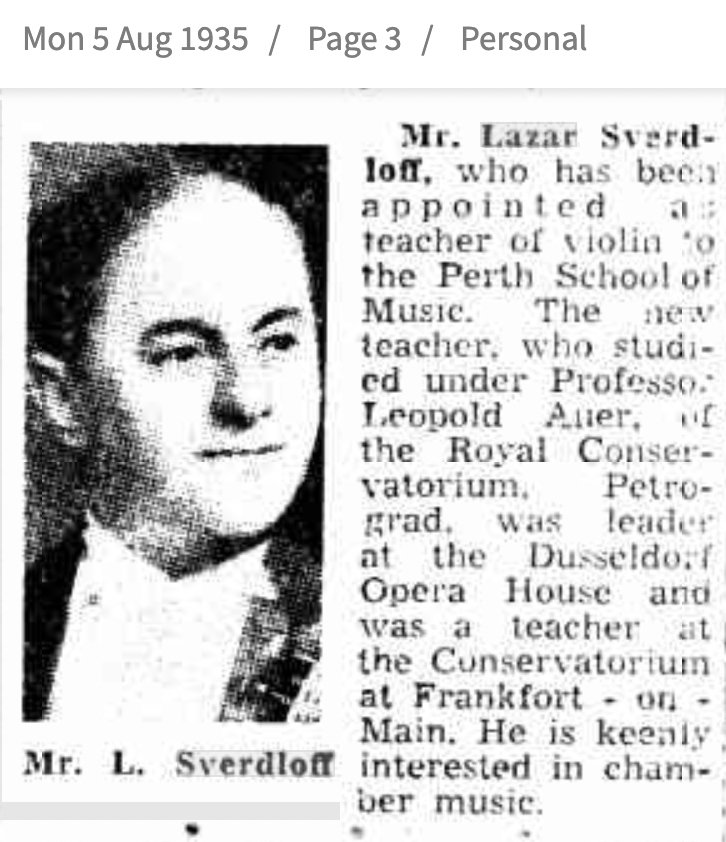The Soldier's Details

- Surname:
- Baggs
- First Name:
- Royal James
- Nick Name:
- Jim or Jimmy
- Rank:
- Private
- Regimental #:
- WX9864
- Classification:
- Cook
- Company:
- ‘A’ Company, 4 Platoon
- Enlisted:
- 6.12.1940
- DOB:
- 21.09.1909
- Place of Birth:
- Weymouth, Dorset, England
- Father's Name:
- John Randell Baggs
- Mothers's Name:
- Eliza Jane Baggs (Rogers)
- Religion:
- Church of England
- Pre-war Occupation:
- Warehouseman
- Memorial:
- Epitaph, Labuan Memorial, Panel 18, Age 34.
- Singapore:
- Selarang Camp Changi
- Force:
- 'A' Force Burma, Green Force No. 3 Battalion
- Camps Thailand:
- Tamarkan, Non Pladuk, Nacompaton
- Camps Burma:
- Victoria Point, Kdendau 4.8km, Thetkaw 14km, Meiloe 75km, Aungganaung 105km
- Japan:
- Rakuyo Maru Party, Kumi No. 37
- Cause of Death:
- Lost at Sea
- Place of Death:
- South China Sea
- Date of Death:
- 14.09.1944
General Description
Royal James Bagg was born 21 Sept, 1909. Tragically his mother Eliza Jane died the following day 22 Sept 1909 aged 40 years. John Randall Baggs and Eliza Jane Rogers had married 1888 Weymouth. Jim was youngest of seven children. His father John Randall Baggs who had remarried, died England 1943.
We are unable to confirm exactly when Jim sailed to Australia, however we believe he and older sister Martha (then aged about 20 years) arrived in 1916 (he would have been about 7 years old) on ‘Omrah’.
Six of the seven siblings came to WA except-
Rose Mabel who died Weymouth 1915 aged 14 years.
It is possible the five siblings and Frank Henry’s wife (married 1918 Weymouth) sailed together to Fremantle, however it is more likely they came in smaller groups.
Baggs enlisted AIF Dec 1940, later joined 2/4th’s ‘A’ Coy 4 Platoon under C.O. Lt McCaffrey as a cook.
He was selected at Singapore to work on the Burma end of Thai-Burma Railway with ‘A’ Force Burma Green Force No. 3 Battalion which sailed from Singapore about July 1942 to SW coast of Burma. 3,000 POWs were divided between Victoria Point, Tavoy and Ye where they repaired and enlarged the loacl airfields left by retreating British. Three months later, on 1 Oct 1942 Baggs with Green Force was working on the northern most point of the rail link at Kendau 4.8km, then moving to Thetkaw 14km, to Meiloe 75km and Augganaung 75 before being sent south to Thailand by the Japanese at the end of 1943. They wanted to concentrate all the POWs within a smaller area once the rail line was completed.
Please read ‘A’ Force Burma, Green Force No. 3 Battalion
Bert Wall talked about Jimmy Baggs. Jimmy had told the boys he could sing – they didn’t believe him. It is not known whether Jimmy had also told them he had studied playing violin and obviously had knowledge of music. At one of the earlier ‘A’ Force Camps, there was a Dutch POW who was playing his piano accordion, Jimmy suddenly began singing and the POWs surrounding him were stunned with amazement with the quality of his voice. He was thereafter requested to sing.
Please read about Jimmy at Tavoy Aerodrome, Burma.
And please read about ‘Rakuyo’ Maru
Baggs lost his life when the POW transport ship ‘Rakuyo’ Maru was sunk by American submarines on 12 Sep 1944 in the South China Sea. According to those men who were lucky to be picked up 4 days later by the same submarines which had earlier attacked them, Baggs survived two days holding onto rafts before wearily succumbing to the ocean. He was 34 years old.
‘Baggs was one of 1300 Australian and British POWs crammed into the below deck space of the ‘Rakuyo’ Maru on route from Singapore to Moji, Japan when on morning of 12 Sep 1944 they were attacked by US submarines. Tragically Baggs was one of 38 men from 2/4th who perished in the South China Sea. His death left his wife widowed and several siblings to mourn.
Sailing the same convoy were 900 British POWs on board ‘Kachidoki’ Maru.In total there were 2200 POWs who had left Singapore 6 Sept 1944- survivors from Burma-Thailand Railway, already in weakened health from their experience of slaving long hours under brutal & spiteful bashings & mistreatment by Japanese guards, surviving on little food without any medical supplies.’
Below: Rakuyo before the war and in good condition.
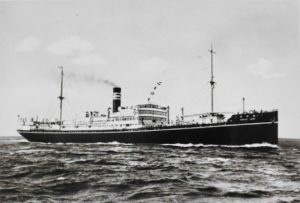
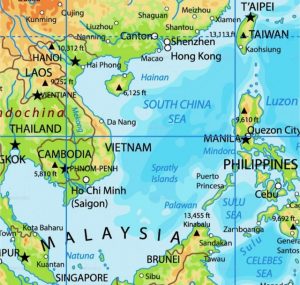
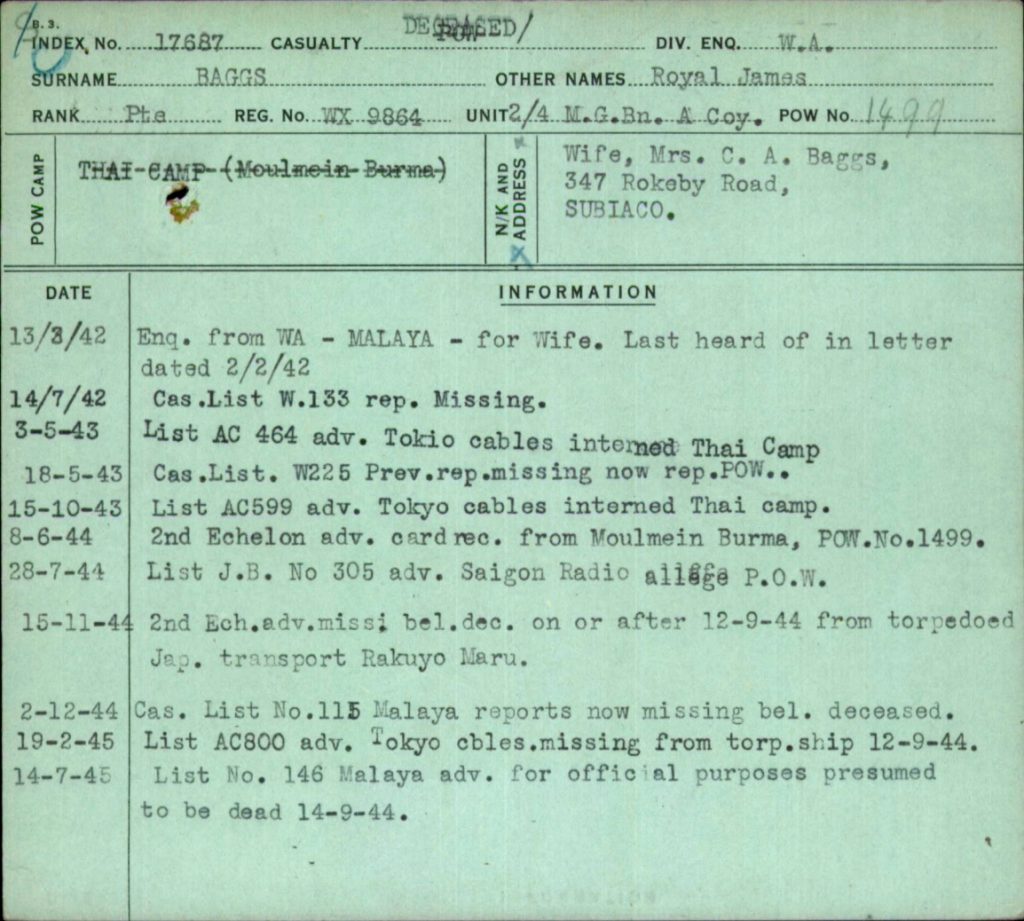
Baggs married Catherine (Kittie) Augusta Nelson at York about 1931.
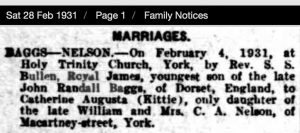

Below: Catherine’s mother died 1935.


In 1931 Electoral Roll Catherine ‘Kittie’ and Royal are residing McCartney Street, York. She is a dressmaker and Royal a farm labourer. It is believed they were residing with Kittie’s mother. Kittie is an only child.
In 1936, 1937 and 1943 Electoral Rolls Catherine and Royal are residing 347 Rokeby Road, Subiaco and are storekeepers.
Below: Baggs is an accomplished violinist.
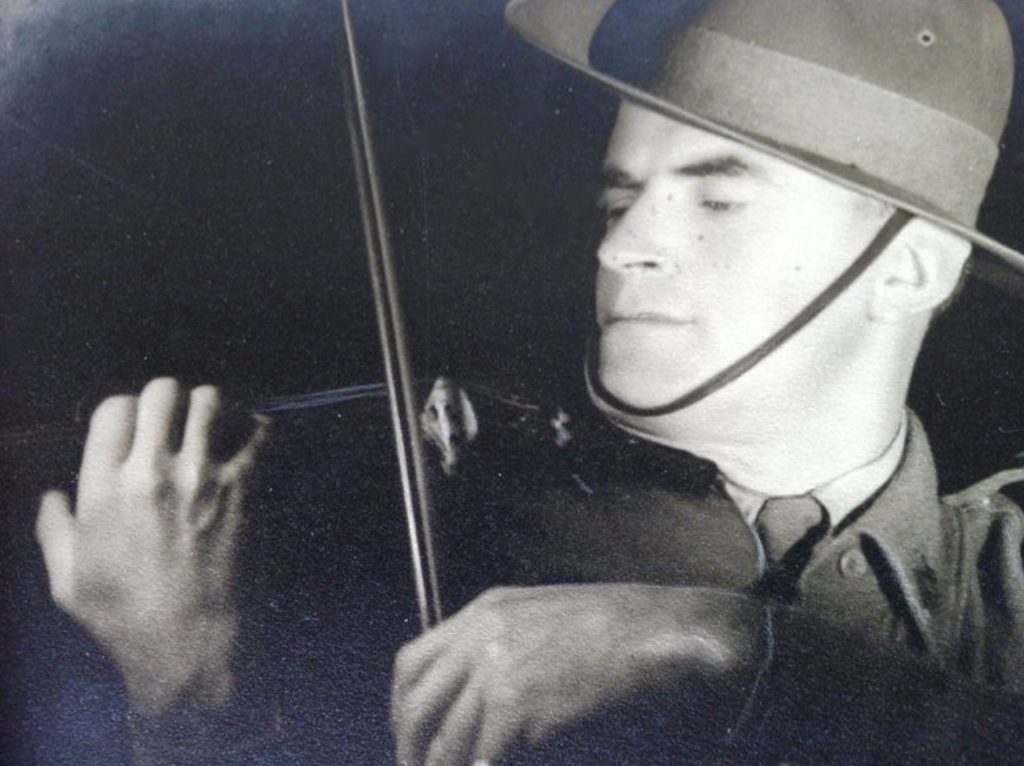
Below: from York Leader and Quairading and Dangin Herald

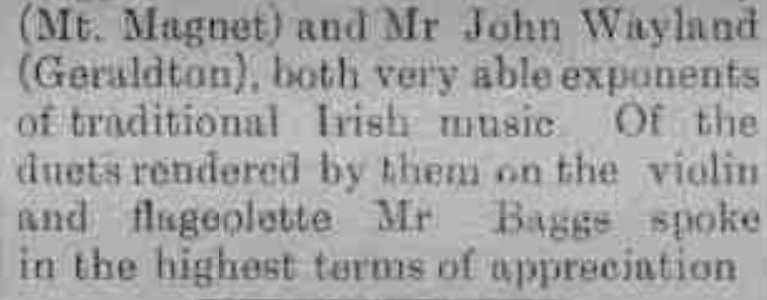
How much would this violin be worth today?
And where is it?
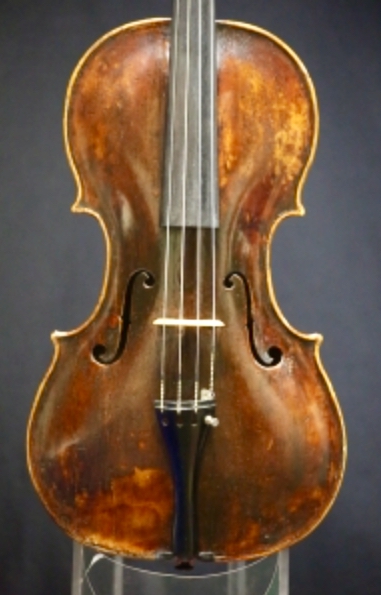
Below: Bagg’s teacher Lazor Sverdloff playing on a radio programme 1935.

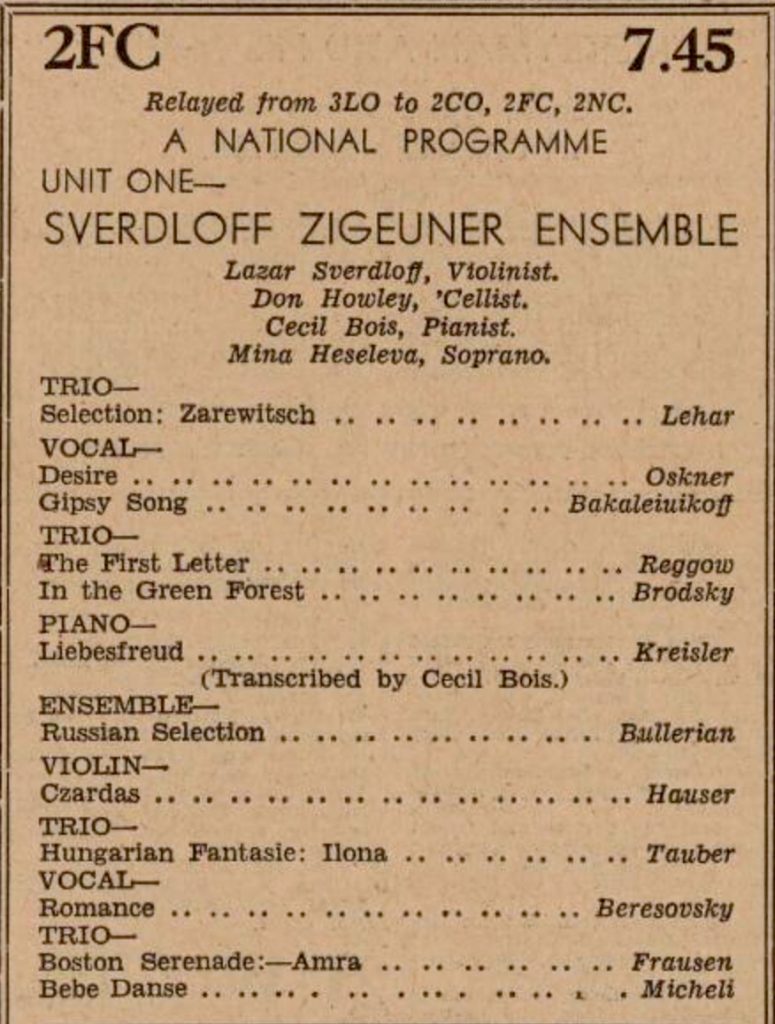
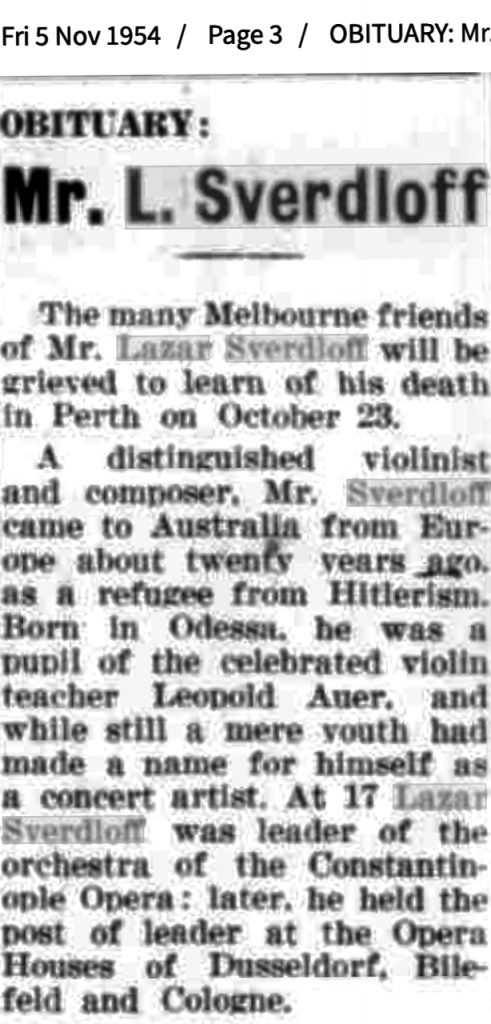
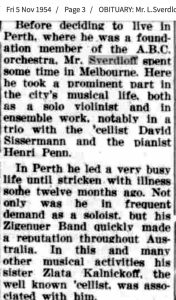
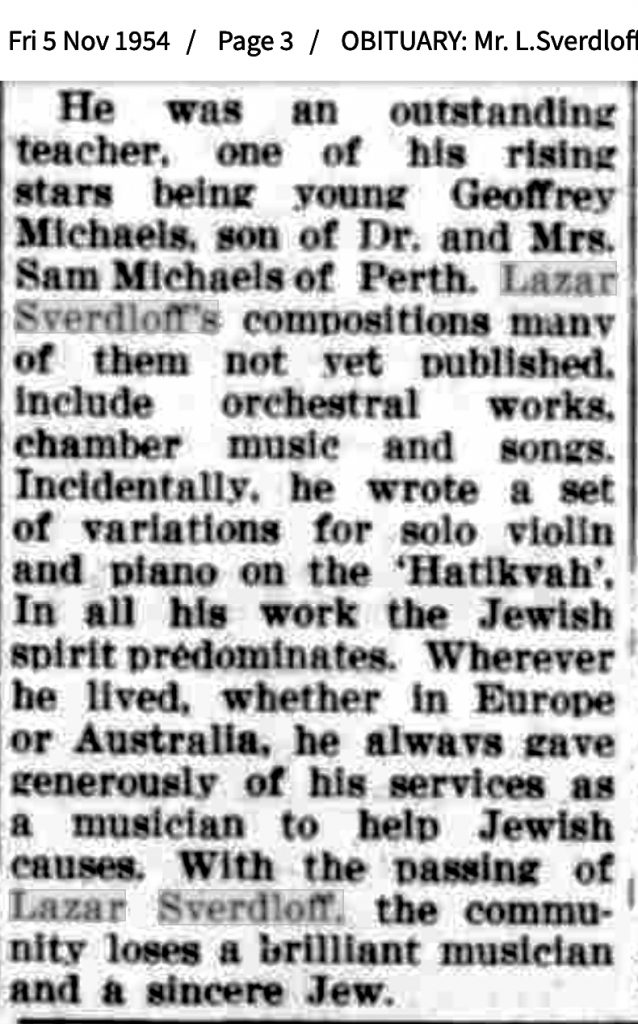
Catherine Augusta (known as Kittie) Baggs died 16 Sept 1965 aged 77 years at Attadale. She was cremated at Karrakatta Cemetery.
_________________
Below: Frank Baggs is the son of Jimmy’s older brother Francis Henry b. 1890 Weymouth died 1970 Fremantle. He is nephew to Royal Baggs. Francis Henry and his wife Mary Cowie married in Weymouth 1918 and came to Fremantle sometime after with their first born son Frank Baggs, below.
Frank died on a mission over Burma in 1944. His name is recorded on the War Memorial at Kranji, Singapore.
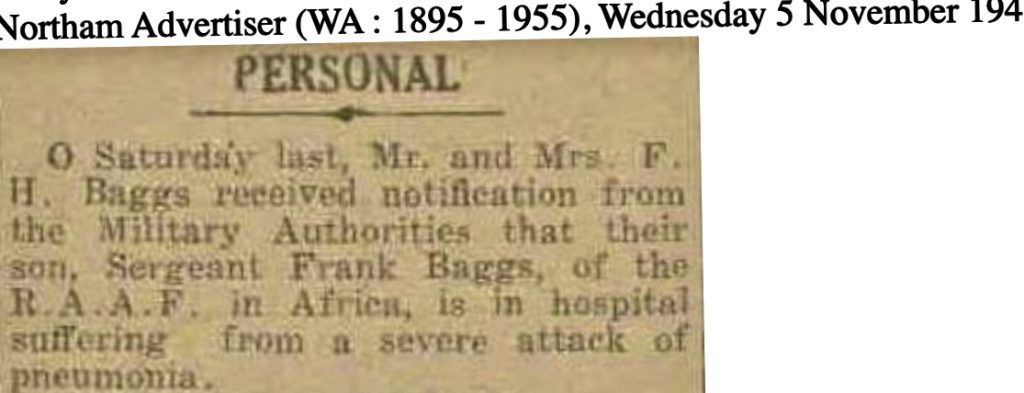
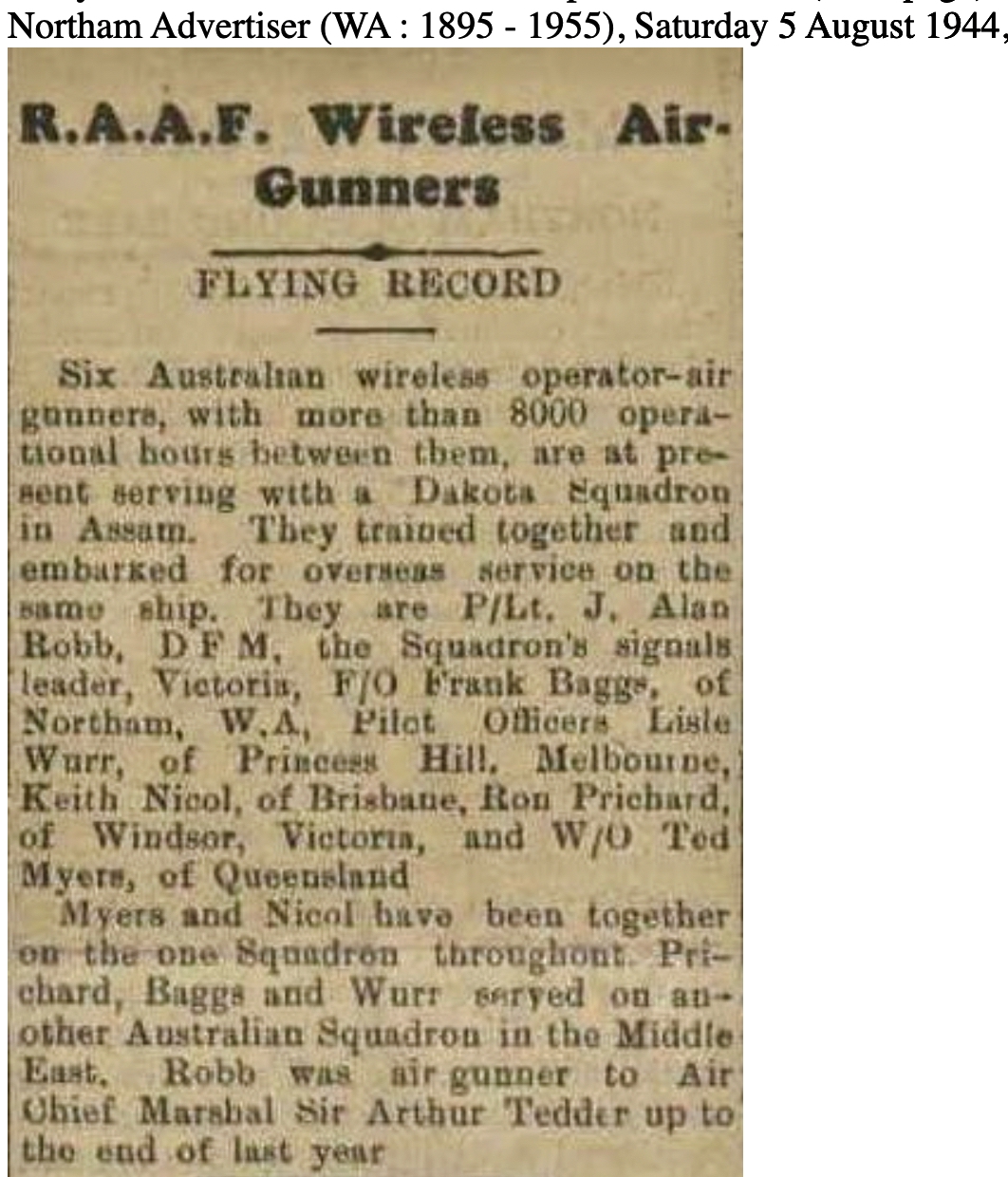

Below are the siblings of Royal BAGGS of which he is the youngest:
JOHN WILLIAM ‘BILL’ 1899 – 1973 Rockingham m. 1929 Perth Mary Burnett
FRANCIS EDWARD 1890 – 1970 Fremantle m. 1918 Mary Cowie Chelsea, England
His son & nephew to Royal Baggs: Frank Henry Baggs F/Officer No 406038 RAAF 117 Squadron RAF, died Burma 1944
ARTHUR JAMES b. Weymouth 1895 – 25 Aug 1918 d. France WW1. Arthur was 14 years older than Royal.
A.J. BAGGS Service No. 777 enlisted Blackboy Hill 14 Sep 1914, aged 19 1/2 years to 12th Btn as Bugler. Initially he recorded his older brother J.W. ‘Bill’ Baggs of Northam as his NOK. (it is unknown when Arthur and Bill arrived WA).
He had been training for 2 years on warship ‘Warspite’ for young boys in England. There have been seven ‘Warspites’ since 1862.
Boys could join at 12 years of age. Initially taught to patch and mend their clothes they learned then to wash their clothes and keep their lockers and belongings clean and tidy. They slept in hammocks which were packed away during the day. As well as learning all the skills of sailing, rowing, sail and rope making, gunnery and signalling they continued with ordinary school work plus physical activities such as gymnasium and swimming. The ship had its own band and bugle band.
‘In 1862 ‘Warspite’ was given to the Marine Society as a boys’ training ship, for which she was permanently moored on the Thames between Woolwich and Charlton. Training for about 150 boys at a time was conducted over about 10 months to provide basic seamanship knowledge and discipline to be employed as Boy Seaman in either the Royal Navy or the merchant marine. In 1876 she was lost by fire and the remaining hulk sold for breaking thereafter. ‘Warspite’ was one in a line of Marie Society training ships. The first, originally the ‘Beatty’ was bought by the Society in 1786, and was renamed ‘Marine Society’ and moored at Deptford. This continued until the Admiralty stepped in and lent the ‘Thorn’ in 1799, as a replacement. In 1814, she was replaced with the 32-gun frigate ‘Solebay’ until 1833, and then the ‘Iphigenia’, until 1848. The next was ‘Venus’, 1848-62, which was the first moored off Woolwich. After loss of the first ‘Warspite’ a second was lent at Woolwich by the Admiralty from 1876 and continued as a training ship (off Greenhithe from 1901) until it was also destroyed by fire.’
Despite the image of the photo below, Arthur was 5’9″ tall and weighed 11 stone. The below photo was obviously taken on entrance into Naval Training.

Arthur sailed to Alexandria, and joined MEF Gallipoli Peninsula where he received serious GSW to neck and cheek. He was transferred to hospital in Manchester.
His war records show Arthur seemed often to flout the rules, usually AWL (perhaps he learned all this during his naval cadet days!) He was court marshalled 19 March 1918.
He married 4 Jan 1917 when he was transferred to Hareford aged 21, he married 19 year old Francis Gladys Ward.
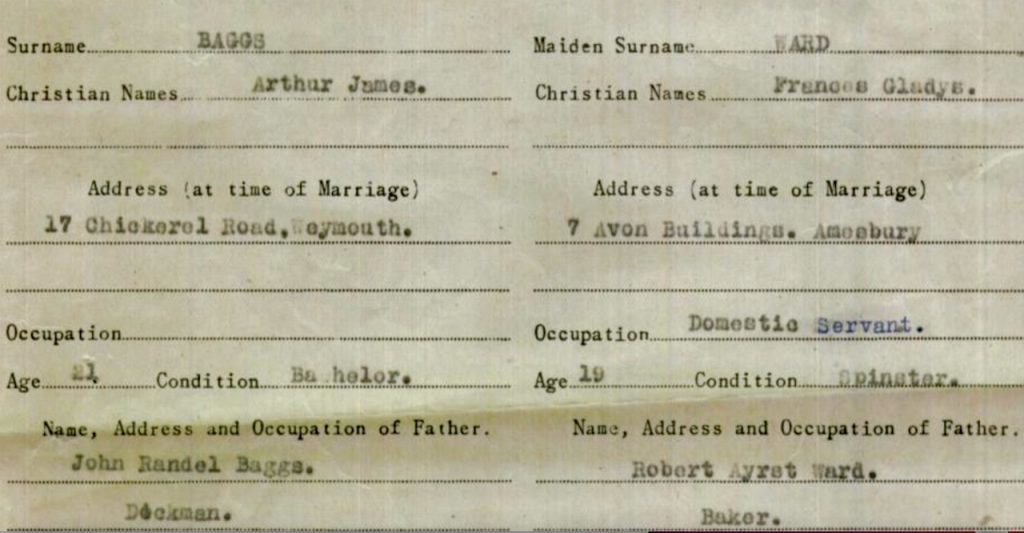

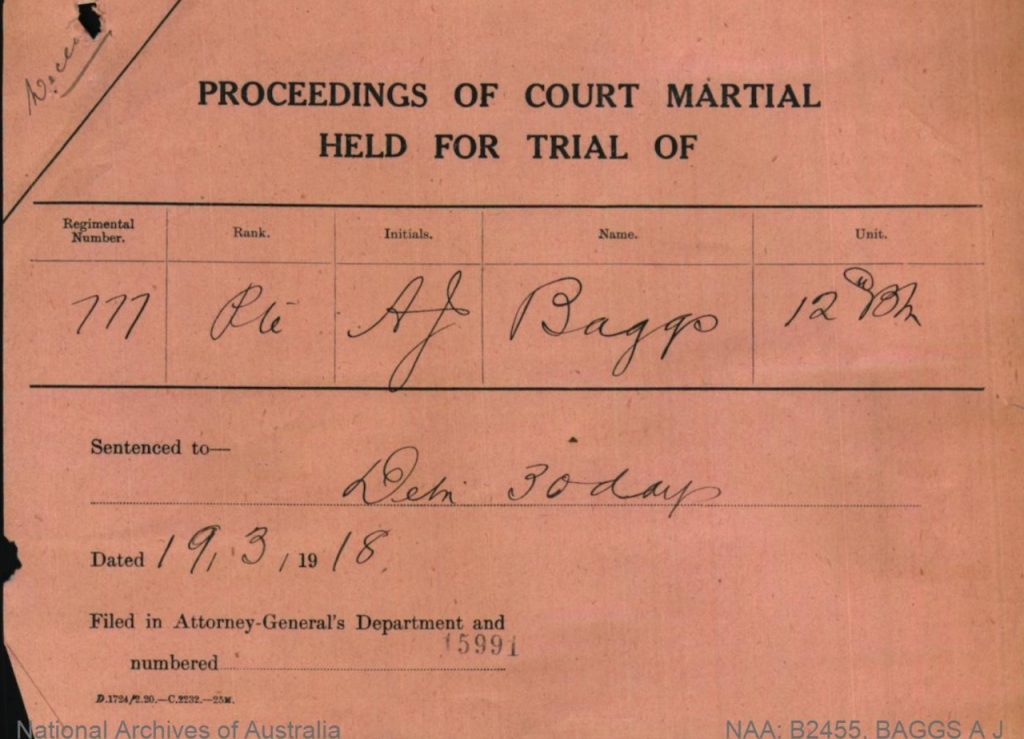
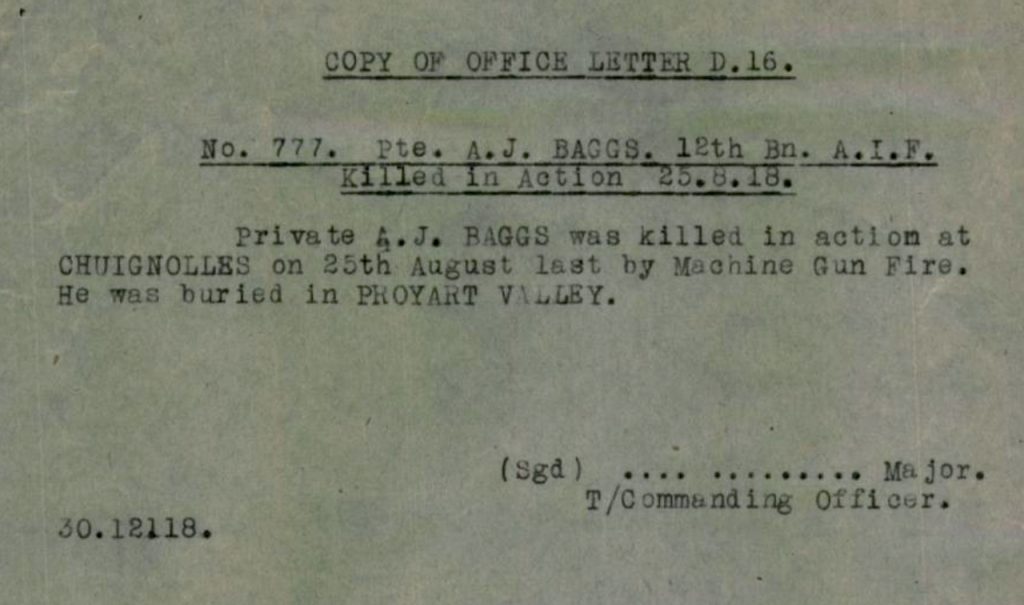
‘In March and April 1918 the 12th battalion helped to stop the German spring offensive, and later participated in the great allied offensive of 1918, fighting near Amiens on 8 August 1918. This advance by British and empire troops was the greatest success in a single day on the Western Front, one that German General Erich Ludendorff described as “the black day of the German Army in this war”.
The battalion continued operations until late September 1918. At 11 am on 11 November 1918, the guns fell silent. Soon after, the members of the AIF began to return to Australia for demobilisation and discharge.’

MARTHA JANE 1896 – Mar 1982 Bunbury m. 1921 Canning, WA

ROSE MABEL 1901-1915 died Dorset, England aged 14 years.
ALEXANDER EDWARD 1902 -1987 d. Fremantle. m. 1928 Katanning Mary Davis
Camp Locations:
- River Valley Road Camp - Singapore
- Selarang Camp Changi - Singapore
- Nacompaton, Nakom Pathom Hospital - Thailand
- Non Pladuk, 0k - Thailand
- Tamarkan, Tha Makham 56k - Thailand
- Aungganaung,105Kilo - Burma
- Kendau, Kandaw, 4 Kilo - Burma
- Meilo, 75 Kilo, 340k - Burma
- Tavoy (Dawei) - river port - Burma
- Thanbyuzayat, 415k - Burma
- Ye - Burma
- Saigon - French Indo China
- Bangkok - Thailand
- Victoria Point, Kawthoung - Burma. \'A\' Force, Green Force No. 3 Btn
- Thetkaw 14 Kilo - Burma


